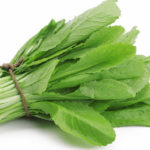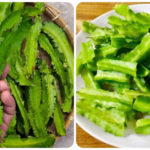Shamrock is considered a lucky grass and is a popular plant in many countries. However, many people confuse shamrocks with other three-leafed plants. This type of plant has a shape of three leaves, resembling three hearts clustered together. And if it mutates, it forms four leaves, symbolizing luck and rarity.
The three branches of a regular shamrock represent Faith – Hope – Love. The shape of the shamrock is also very cute, with a cool green color and delicate heart-shaped leaves, making it loved by many people. Especially, the story of the shamrock is closely associated with love and luck, so it has a lot of meaning to many people.
To grow shamrocks, you should distinguish different types of three-leafed plants:
Wood sorrel: Wood sorrel is also a type of shamrock with yellow flowers, white flowers, purple flowers, large leaves, and small leaves. Wood sorrel is a plant that commonly grows in vacant lands and is abundant in tropical regions like Vietnam. This is a sour plant that can be used as a vegetable and a medicinal ingredient in traditional medicine. The leaves and flowers of wood sorrel are also beautiful. Wood sorrel can survive in harsh environments and withstand drought.
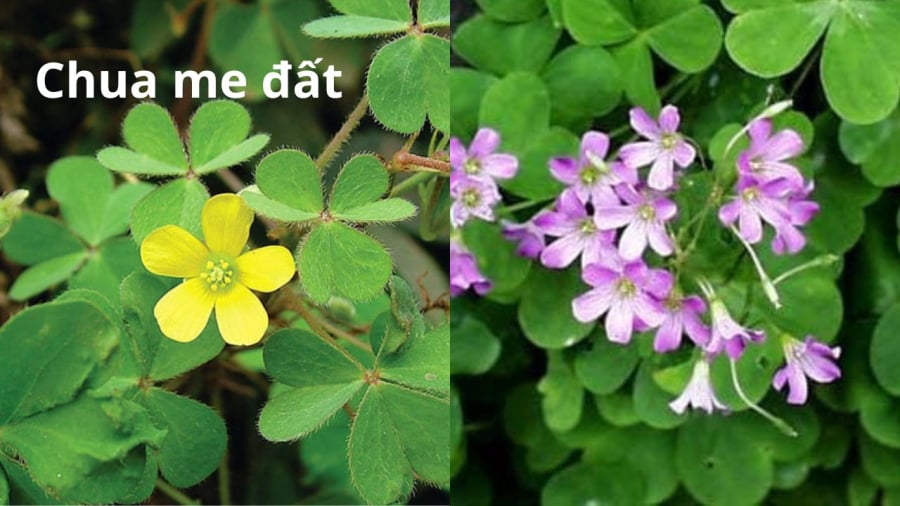
Watercress: This plant grows in many watery barren lands. Watercress creeps in fields or high-moisture ditches. Watercress leaves also have four branches, but the heart curves are not deep. However, this plant is not easy to grow in dry environments, so it is difficult to cultivate as an ornamental plant.
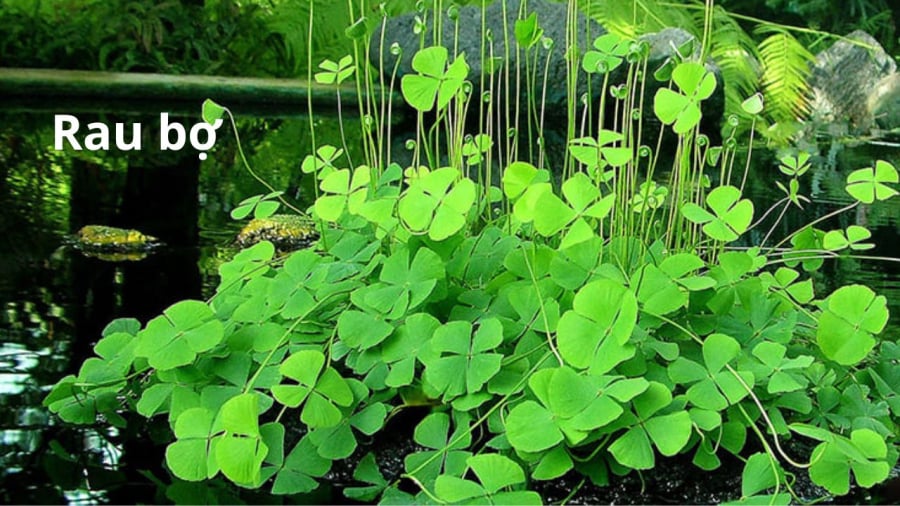
Shamrock: This is a different type of herb with three leaves compared to the above two species, and it can mutate to form four leaves. Lucky three-leafed clover often grows in clusters and the flowers bloom in bunches with various vibrant colors like red, white, purple, etc. Especially, the flowers can be dried for making tea.
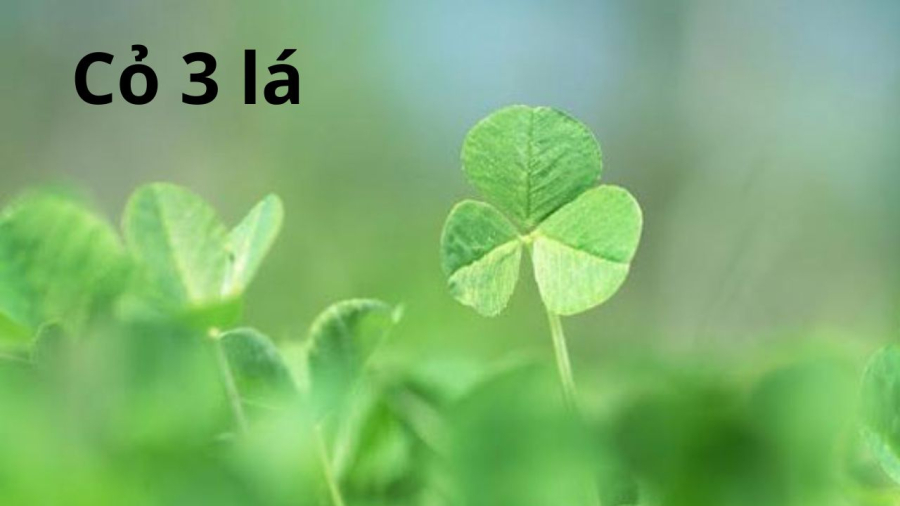
Because of the above meanings, you can grow shamrocks indoors. You can also plant wood sorrel in pots indoors. As for watercress, it is difficult to grow indoors, so you should plant them in a high-moisture environment.
How to grow shamrocks:
If you want to grow wood sorrel: You can pluck branches with roots of wild wood sorrel and plant them in pots with loose soil, and place them near a window with moderate sunlight. Water the plants daily, but do not make them too moist.

























